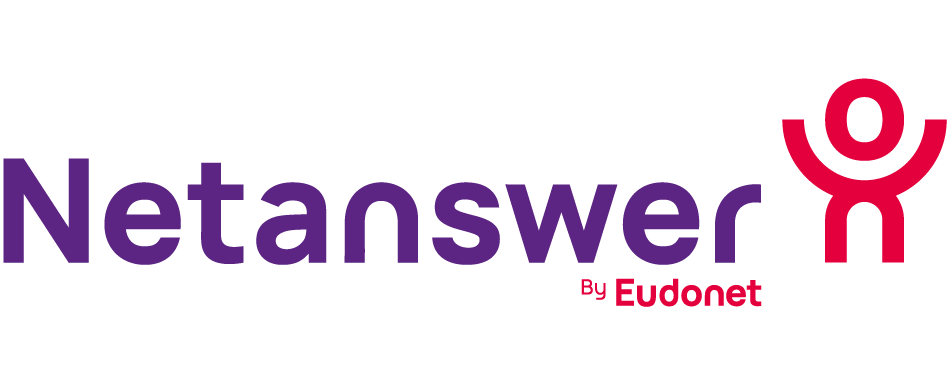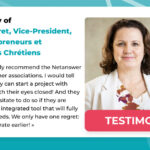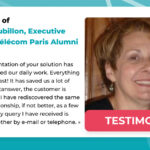NetAnswer offers you some ideas to overcome this problem and enable you to build a sustainable and effective communication strategy.
WHAT ARE THE OBJECTIVES?
The first step in successful communication is therefore to define the most effective field of action possible. To do this, you first need to know who you are addressing.
WHO ARE YOUR MEMBERS?
You can use the tool https://www.hubspot.com/make-my-persona to build your persona with different sections:
- a photo, an imaginary name, an age, a city…
- the means of communication to reach him/her
- his motivations and needs
- etc.
.
Ideally, you could conduct interviews with your members, if not do surveys, observe their habits, on social networks for example, or failing that, do it according to your intuition.

Once you have established your personas, you will have defined where to find your members, how to capture their attention and will be able to use their needs and to get them to engage with the network. These personas will have to serve as a common thread in your communication, so don’t hesitate to make this exercise fun by creating cards on which the personas are detailed.
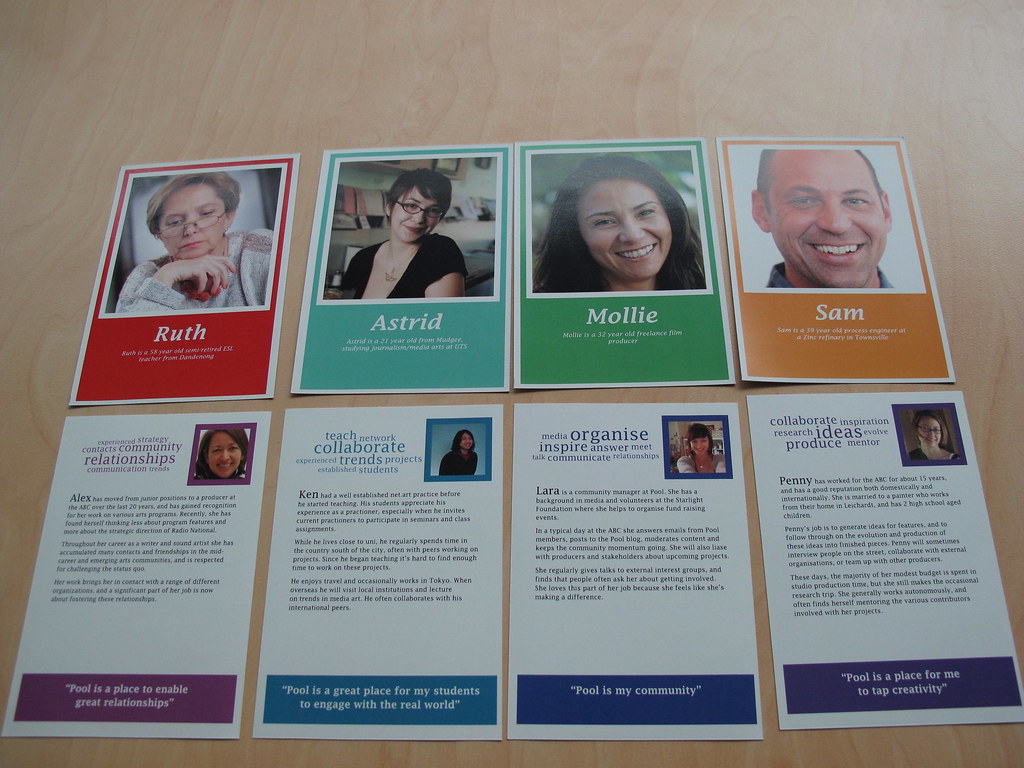
WHAT MESSAGE ?
A few years ago, the author Simon Sinek summarised the success of major brands in the book Start with Why. If the book were to be summarised in one sentence, it would be as follows:
People don’t buy WHAT you do, they buy WHY you do it. – Simon Sinek
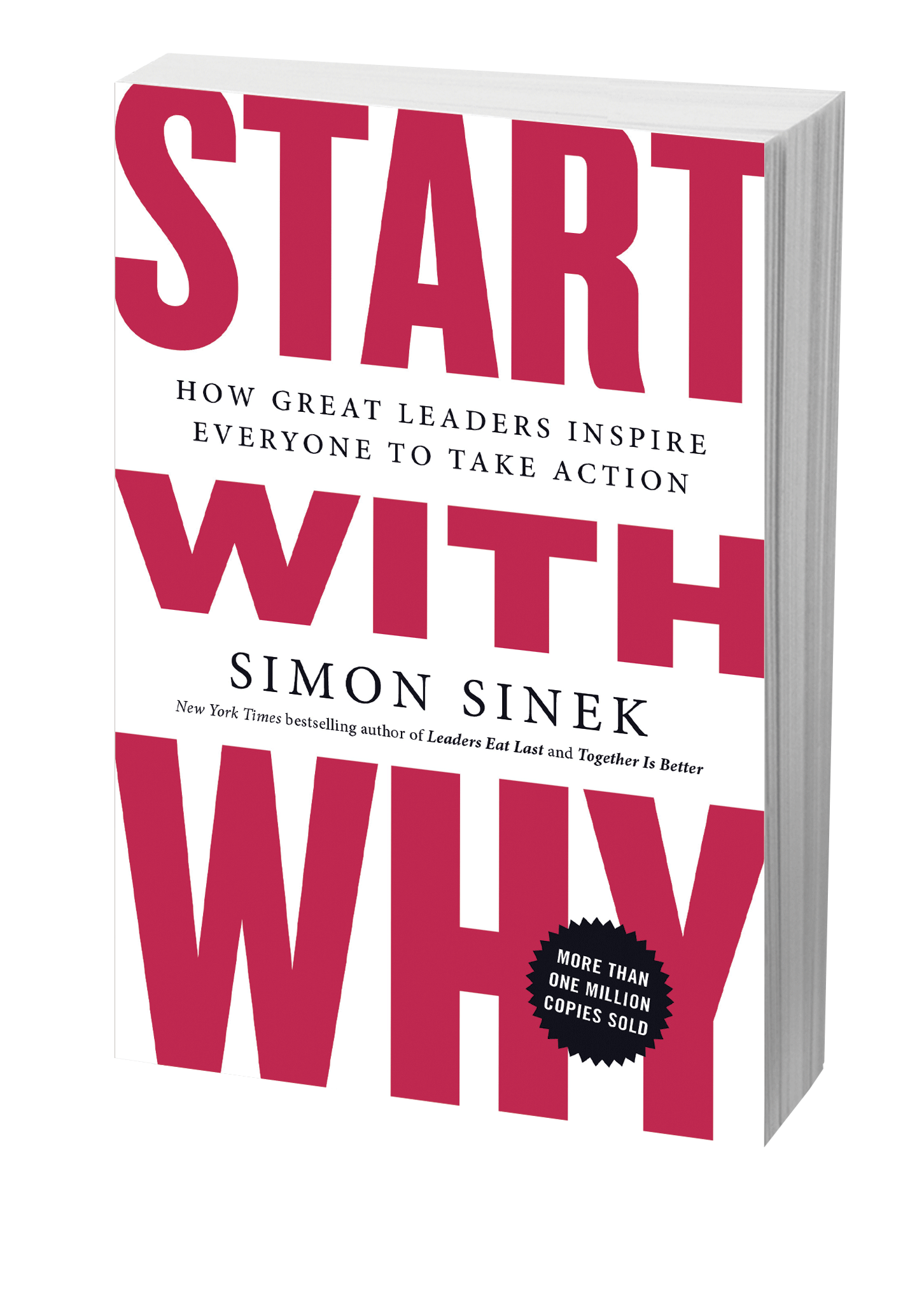

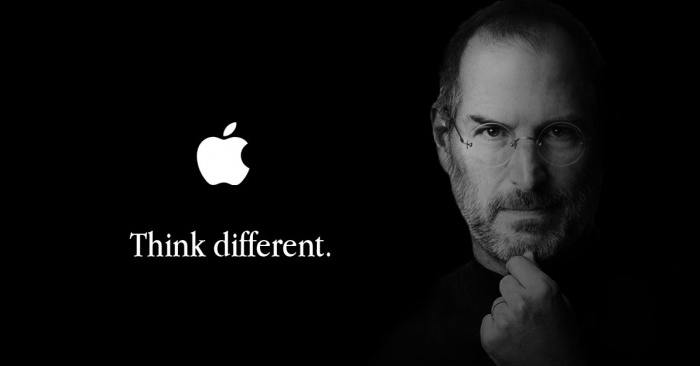
If you think about the competition (Le Coq Sportif, Asics, Adidas…), even if you can praise the quality of the products, you won’t have the same feeling as with Nike.

HOW CAN IT BE USED AS INSPIRATION FOR AN ASSOCIATION?
The more these values are present in your communications, the more your members will be able to identify with them and want to get involved in the network.
An example with Edhec which took as its slogan “Rock your network!” during its “Edhec Rendez-vous” events which emphasises the importance of the network and its animation.

ANY QUESTION ?
